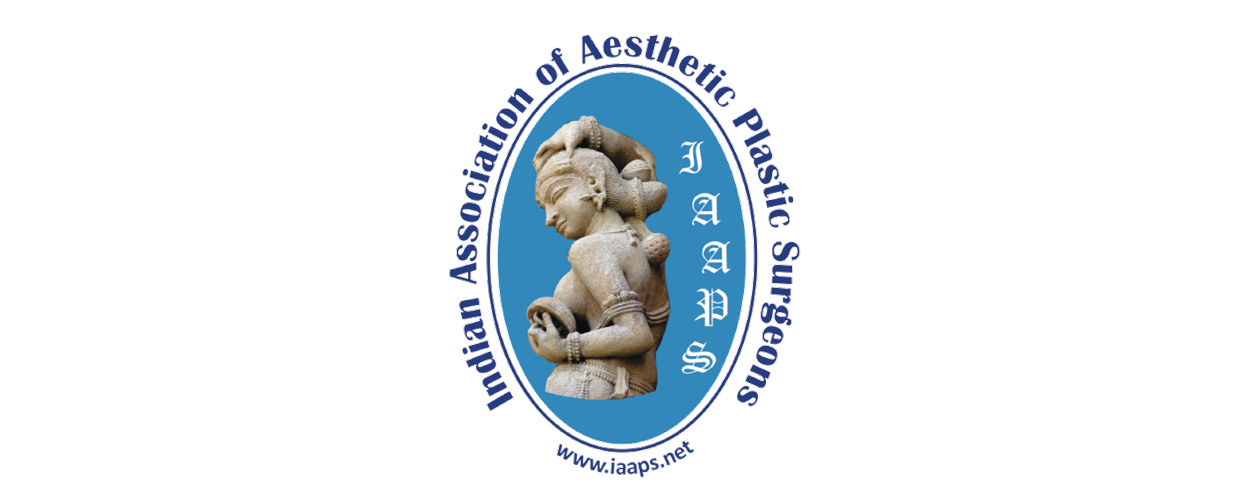Objectives: Upon completion, participants will be able to:
1. Distinguish between traditional reduction approaches and integrated reduction-reshaping techniques
2. Execute the BB-R lateral support system and Borenstein maneuver for width-to-projection conversion
3. Apply foundation-building principles to achieve superior aesthetic outcomes in ptotic, wide breasts
4. Implement complication reduction strategies including paper bra technique for optimal healing
Introduction: Traditional breast reduction focuses primarily on volume removal and inferior ptosis correction, often resulting in wide, non-projected breasts. The misconception that reduction and reshaping are mutually exclusive has limited surgical outcomes. The BB-R technique challenges this paradigm by addressing three undertreated characteristics: lateral displacement, horizontal excess, and loss of projection, achieving both significant reduction and superior aesthetic reshaping simultaneously.
Materials / method: Retrospective analysis of 338 consecutive BB-R procedures. Surgical technique: vertical scar markings, lateral support sutures (breast tissue to pectoralis fascia), stepwise Borenstein maneuver using thin dermal flaps with horizontal figure-8 sutures converting width to projection. Paper bra dressing protocol (POD 21 removal). Assessment: complications, patient satisfaction, aesthetic outcomes, revision rates. Statistical analysis of demographic and surgical parameters.
Results: 338 patients, average age 34, mean resection 395-400g. Complications: minor dehiscence 20% (eliminated with paper bra technique), infection 3.5%, seroma 3.2%, hematoma 0.8% requiring revision. Technique successfully achieved simultaneous volume reduction and aesthetic reshaping with upper pole fullness, improved width-to-length ratio, and "implant-like projection." Long-term follow-up demonstrated stable, natural-appearing results in wide, ptotic breasts.
Conclusion: The BB-R technique proves that breast reduction and reshaping are not mutually exclusive. By building proper foundations through lateral control and converting width to projection via the Borenstein maneuver, surgeons can achieve superior aesthetic outcomes while maintaining safety profiles comparable to traditional methods. This paradigm shift offers patients both functional relief and beautiful, natural-appearing breast contours in a single procedure.
Divulgação de informações
Você recebeu algum patrocínio para sua pesquisa neste tema?
Não
Você recebeu algum tipo de honorário, pagamento ou outra forma de compensação por seu trabalho neste estudo?
Não
Você possui relação financeira com alguma entidade que possa competir com os medicamentos, materiais ou instrumentos abordados no seu estudo?
Não
Você detém ou pediu a registro de patente para algum dos instrumentos, medicamentos ou materiais abordados no seu estudo?
Não
Este trabalho não recebeu nenhum patrocínio direto ou indireto. O mesmo está sob a própria responsabilidade do seu autor.


















